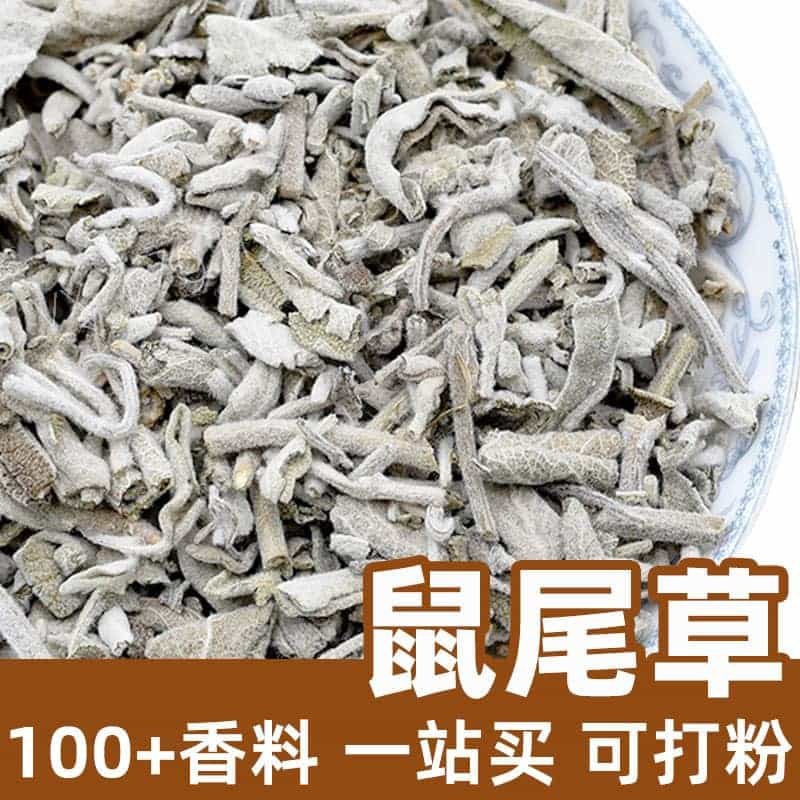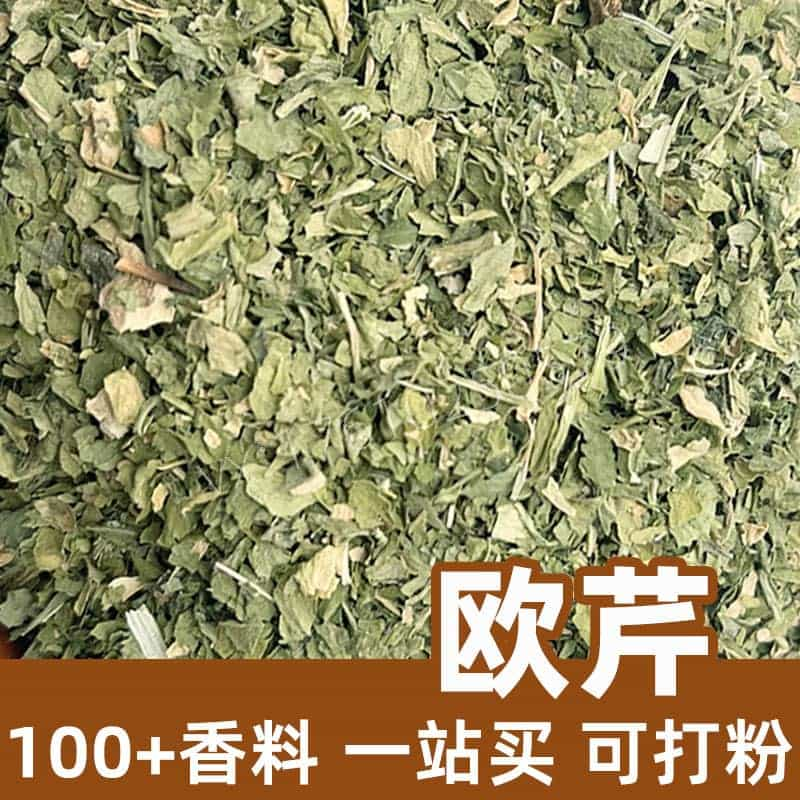Product Introduction
Davana (Artemisia pallens) is a unique aromatic herb that has garnered attention for its distinctive fragrance and versatile applications, particularly in the fields of flavoring and perfumery. Indigenous to India, the plant is primarily cultivated in regions like Karnataka and Tamil Nadu, where its leaves are harvested to extract essential oils. The aroma of davana is described as sweet, warm, and floral, making it a favored ingredient in the creation of perfumes and scented products.
The main component of davana oil, davanone, is responsible for its characteristic scent and various therapeutic effects. Davana oil is not only used in perfumery but also finds its ways into culinary applications, enhancing flavors in traditional dishes and beverages. In Indian cuisine, davana is often utilized in the preparation of sweets and beverages, contributing its unique flavor profile and aromatic qualities.
In addition to its culinary uses, davana is known for its potential health benefits, which include anti-inflammatory, antioxidant, and antimicrobial properties. Traditional medicine has leveraged these attributes for various remedies. With its rich history and abundant versatility, davana has secured its place as a valuable spice in both culinary and therapeutic contexts.
Aromatic Chemical Composition
Davana essential oil contains several key aromatic compounds, including:
- Davanone: The primary component responsible for the sweet and woody aroma.
- α-β Thujone: Contributes to the herbaceous notes and is known for its stimulating properties.
- Chamazulene: Provides anti-inflammatory effects and adds to the oil’s complexity.
- Other compounds present include cineole, borneol, and various terpenes that enhance its aromatic profile.
What Types of Products Are Available?
Davana is available in several forms, including:
- Essential Oil: Used in aromatherapy, perfumery, and culinary applications, offering the full aroma of the plant.
- Dried Leaves: Can be used for flavoring or as an infusion in tea.
- Extracts: Concentrated forms of davana that may be used in flavoring, where potency is critical.
- Davana-infused Products: These include beverages or culinary preparations that capture its distinct flavor.
Application Scenarios and Usage Dosage
Davana’s unique flavor and aromatic properties allow it to be utilized effectively in various culinary scenarios:
1. Beverages
Davana is commonly used in beverages such as teas and cocktails. For teas, a recommended dosage is about 2-3 grams of dried davana leaves per cup of boiling water, allowing it to steep for about 5-10 minutes. For cocktails, a few drops of davana essential oil can be added to enhance the aromatic profile and add complexity.
2. Desserts and Sweets
In Indian cuisine, davana finds its place in sweets like ladoos or in rice puddings. For use in desserts, the dosage can range from 0.1 to 0.5 grams of dried leaves, or a few drops of essential oil, depending on the desired intensity.
3. Cooking and Savory Dishes
Davana can be incorporated into sauces and savory dishes to impart a unique flavor. A typical application may involve marinating meats with a blend of spices including davana infusion; approximately 0.5 grams of dried leaves can be utilized in spice blends for 1 kg of meat.
4. Infusions
Davana's leaves can be used for infusing oils or vinegars, which can then be used as dressings or flavoring agents. A standard infusion involves using 10 grams of dried leaves per liter of oil or vinegar, allowing it to steep for several days.
5. Aromatherapy and Cooking
For culinary aromatherapy, davana essential oil can be diffused while cooking or as part of a sensory experience. Only a few drops should be used due to the potency of essential oils.
Davana exhibits a remarkably sweet, complex aroma, and its flavors add depth to a variety of dishes, making it a precious addition to culinary practices, especially in traditional Indian cooking. The versatility of davana allows chefs and home cooks alike to explore modern adaptations of classic flavors while harnessing the aromatic impact of this unique spice.
Introduction to the Source Plant, Distribution, and Growing Environment
Artemisia pallens, commonly known as davana, thrives in warm temperate to tropical climates, predominantly found in the regions of India. The plant typically grows in dry, rocky soil and requires full sunlight, making it suitable for cultivation in specific agro-climatic regions.
Davana is cultivated primarily in southern Indian states, where traditional agricultural practices allow for sustainable harvesting. The plant exhibits a perennial growth habit and is known for its resilience, often blooming from June to September, during which the leaves and flowering tops are harvested for essential oil extraction.
Harvesting, Processing, and Storage Preservation
Harvesting of davana occurs during the flowering phase, typically in the late afternoon when the aromatic compound concentration is at its peak. The harvested parts are carefully dried in shade to preserve the essential oils and then processed to extract the oil.
For storage, it is crucial to maintain a closed and dark environment to prevent the degradation of the volatile compounds. Glass containers are recommended for oil storage to further extend shelf-life, while dried leaves should be kept in airtight bags away from moisture and direct light.
In summary, davana offers a fascinating intersection of aroma, flavor, and potential health benefits, making it highly regarded in both culinary and therapeutic contexts.
Monica Sun is a seasoned expert in the natural raw materials industry, with over a decade of experience specializing in traditional Chinese medicinal herbs, spices, and fungi. She is skilled in the sourcing, processing, and application of these materials, emphasizing sustainability and innovation. Monica Sun has contributed to the development of high-quality natural raw materials that serve as essential components in functional foods, pharmaceuticals, and cosmetics, delivering tailored solutions to meet diverse market needs.








.jpg)


.jpg)


